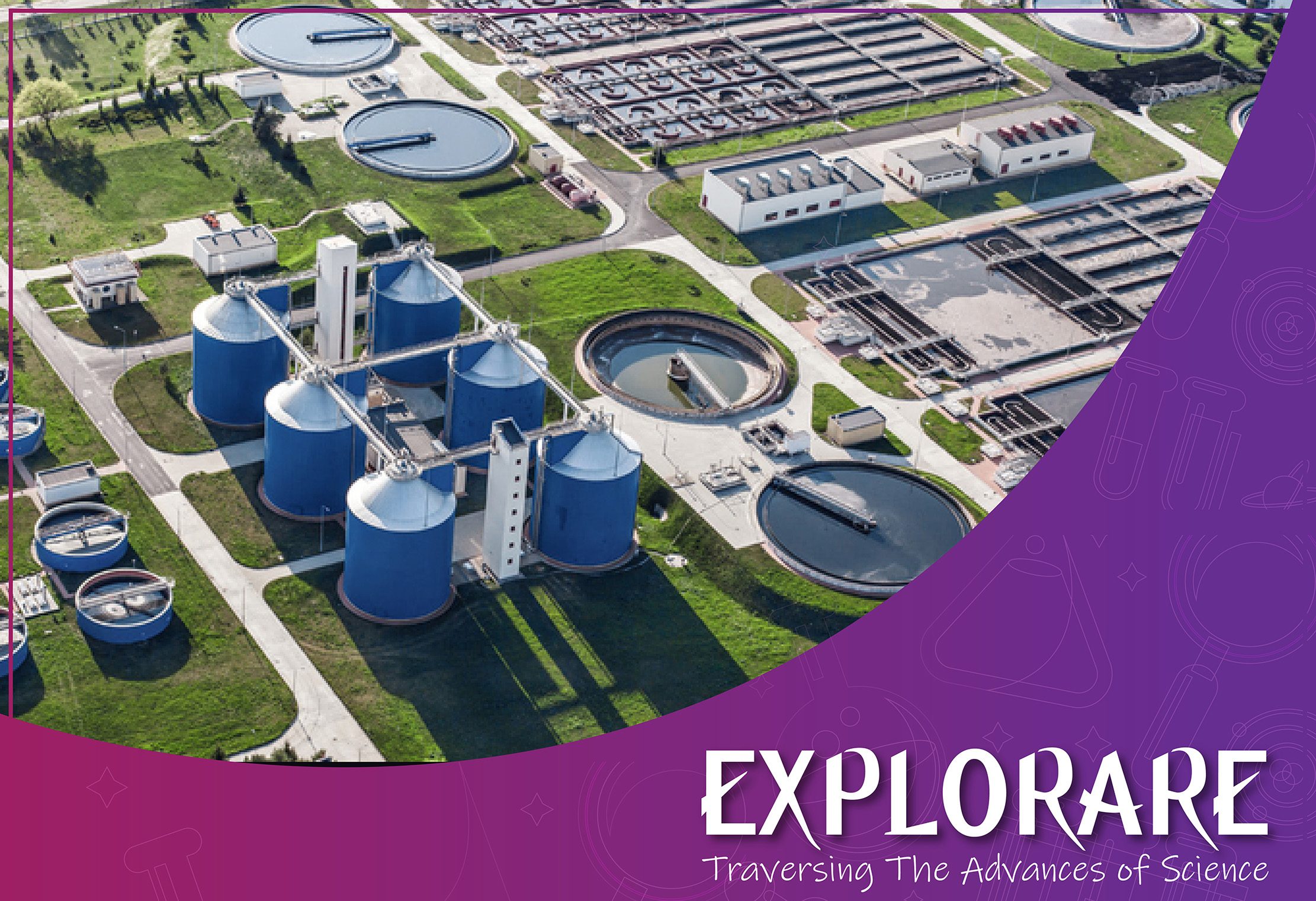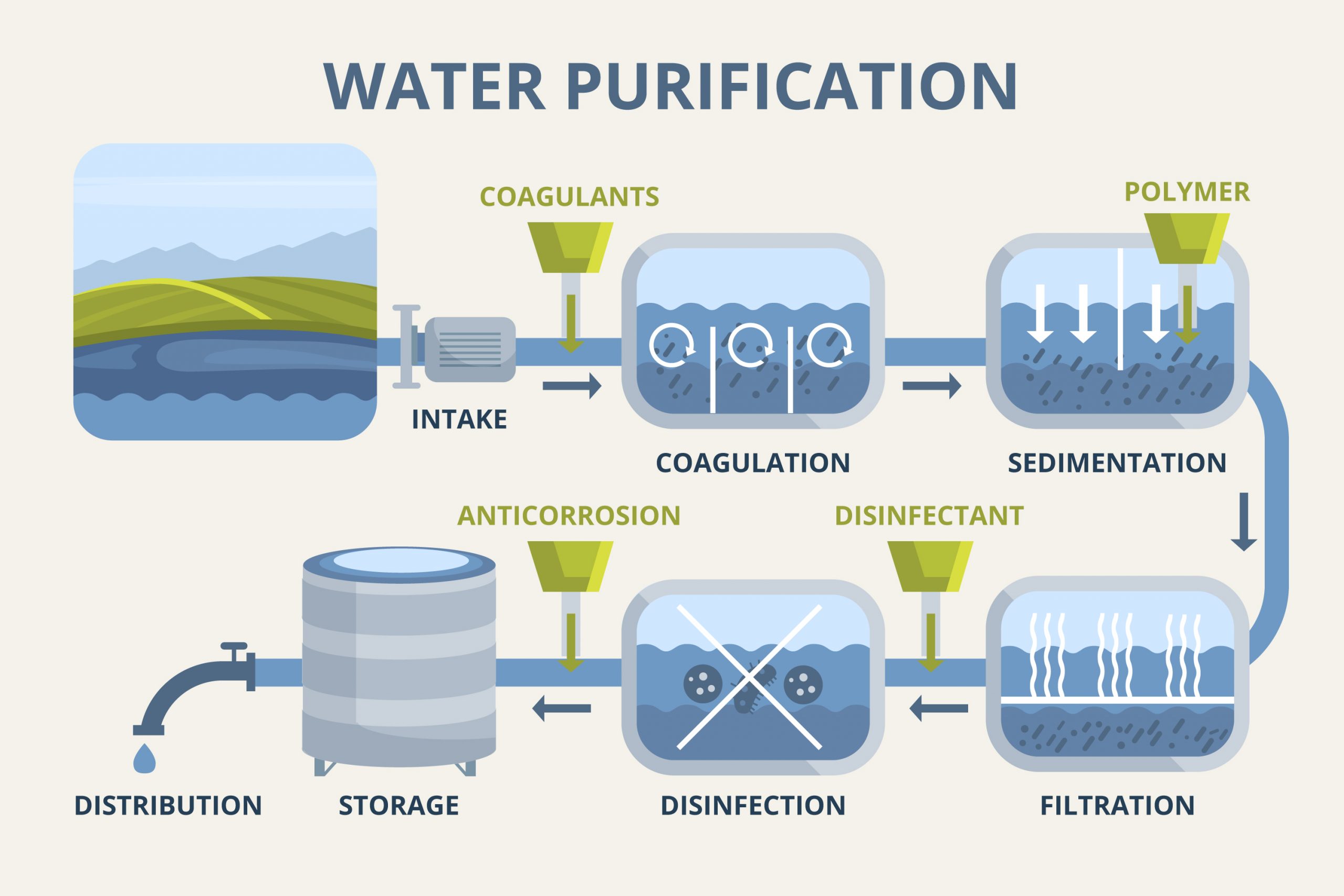Water is one of the most precious resources for living beings. Living would not be possible without water. Imagine the pressure that has been generated on the public due to the running out of fuel and gas. How would it be if it was for water? No protests, no campaigns, the whole population will start dying without water.
Even though 71% of the earth is covered with water, 96.5% of the water remains in the ocean. 3% of the water is fresh. 2.5% of them are unavailable, lying too far under the earth’s surface, highly polluted and locking in glaciers, polar ice caps, atmosphere or soil. 0.5% of the earth’s water is available as freshwater.
More than 1 billion people do not have access to a source of clean drinking water, and around 3 billion experience water scarcity at least one month per year. If the world’s water supply were only 100 liters, our usable water supply of freshwater would be only about 0.003 liters. Therefore, clean and purified water that can be consumed is rare and novel processes to purify water are essential in this era.
What is Water Purification?
Water purification is a process in which organic and inorganic materials, undesired chemical compounds and biological contaminants are removed from the water. Removal of different contaminants such as chemicals, biological contaminants, suspended solids and gases are used in water purification for human consumption purposes. Pollutants and toxic metals are used as chemicals while, algae, bacteria, fungi, parasites and viruses are used as biological contaminants.
Purification Processes
There are several methods used in the purification process including,
(1) Physical processes –
- Filtration – Based on the separation of solids from fluids, by interposing a porous medium which can retain these solid particles and allow the fluid to pass on the other side.
- Sedimentation – Uses the gravitational force which determines the solids to form a deposit at the bottom of the tube containing contaminated water.
- Distillation – Involves the transformation of water into a vapour phase, a process which is based on the difference in the volatility of the compounds.
(2) Biological processes –
- Sand filters – Implies using 1-2 m deep tubes filled with sand that retain the impurities present in the filtered water.
- Active carbon(charcoal) – Utilized approach having a microporous carbon with high surface area and enhanced adsorption properties.
(3) Chemical processes –
- Flocculation – A process in which colloids in suspension become destabilized after the addition of a clarifying agent, this phenomenon can refer to the destabilization and coagulation of contaminants present in the water.
- Chlorination – Commonly encountered in the addition of Chlorine or Hypochlorite to kill microbes and to prevent the spreading of waterborne diseases.
- The use of ultraviolet
Filtration Process
Membrane water filtration presents some advantages compared to other approaches.
- The continuity of the operation
- Does not require the use of any chemicals
- This does not imply high energy consumption
- The possibility of scaling up, be integrating/integrating other processes
- Possibility of automation
Parameters that influence the properties and efficiency of the membranes can be categorized as follows,
- The size of membrane pores/the size of the contaminant molecules/particles
- The positive/negative charge of the membrane surface, respectively the polarity of the contaminant molecules
- The adsorbing capacity of the membrane surface
Contaminants of different sizes can be removed and an efficient purification can be achieved by decreasing pore size.
- Microfiltration (pore size about 0.1 μm) – Removes bacteria and suspended solids in the water
- Ultrafiltration (pore size about 0.01 μm) – In addition to microfiltration removes viruses
- Nanofiltration (pore size about 0.001 μm) – Removes most of the organic molecules and some multivalent ions (divalent ions from hard water)
- Reverse osmosis (pore size about 0.0001 μm) – Removes all organic molecules and minerals in the water, resulting in ultrapure water
It is clear that the most advantageous are the ones with smaller pore sizes when analyzing the properties of these types of membranes. All of these filtering techniques can be used to obtain drinkable water when used in combination with other treatments. Membranes with micropores can remove sand, silt, clays, Giardia lamblia and Cryptosporidium cysts, algae, and some bacterial species, when used with disinfecting agents. In the case of membranes designed, it is recommended to use additional disinfection for ultrafiltration, even if they can remove the majority of microorganisms and viruses in water.
Smart Materials Used in Water Purification
Water pollution is one of the most critical issues that the world is encountering presently. The involvement of stimuli-responsive smart materials has discovered the required solutions to provide the globe with purified and clean water. These materials possess tuneable properties depending on the state of the involved stimulus/stimuli. Therefore, this has provided enhanced controllability of the process of contaminant removal in the form of adsorbents and filtration membranes in water treatment applications having various unique attributes.
Smart materials used in water research have been utilized for the treatment, remediation and pollution prevention. Maintaining the water quality, availability and viability of water resources can be done using a smart material allowing water to be reused, recycled, desalinized and also to detect the biological and chemical contamination whether the source is from municipal, industrial or man-made waste. Treatment techniques using smart materials are also covered in nanofiltration, ultrafiltration, reverse osmosis, adsorption and nano-reactive membranes processes.
Algal Species Used in Wastewater Treatment
Algal species have been used for more than 75 years for water treatment. Chlorella and Dunaliella are some of the main species utilized for the purification of water. Large-scale culture systems are being used for the treatment of different kinds of wastewater and also led to the production of several high-value products like pharmaceutical and genetically engineered products.
How Nanotechnology is Used in Water Purification?
Several nanotechnology approaches are currently being investigated and used to purify water. Nanotechnology refers to a broad range of tools, techniques and applications having unique physicochemical and surface properties. This area of research could contribute solutions to some of the major problems like growing populations, and issues in medicine, energy and agriculture.
“Water treatment devices that incorporate nanoscale materials are already available, and human development needs for clean water are pressing”
– Alpana Mahapatra and colleagues Farida Valoli and Karishma Tijoriwala
The applications of nanotechnology differ on the stage of purification of water to which the technique is applied. Removal of sediments, chemical effluents, charged particles, bacteria and other pathogens is done using various nanotechnological advancements. Impurities such as arsenic and viscous liquid impurities that are toxic can also be removed through this technology.
Nanoscopic Materials Used in the Purification Process
Carbon nanotubes and alumina fibres- Used for nanofiltration and utilizes the existence of nanoscopic pores in zeolite filtration membranes.
Nanocatalysts- The use of silver(Ag) is a popular strategy as this catalyst is highly efficient in controlling microbes in water. The combination of Al2O3 and carbon is also used as a nanocatalyst.
Nanoparticles-
– Zero-valent metal nanoparticles (Silver nanoparticles, Iron nanoparticles, Zinc nanoparticles)
– Metal Oxides Nanoparticles (TiO2 nanoparticles, ZnO nanoparticles, Iron Oxides nanoparticles)
– Carbon Nanotubes
Nanosensors- such as those based on titanium oxide nanowires or palladium nanoparticles are used for the analytical detection of contaminants in water samples.
Carbon Nanotubes (CNTs)
Carbon nanotubes are graphene sheets rolled up in cylinders with a diameter as small as 1 nm. CNTs have attracted great interest as an emerging adsorbent due to their unique properties. CNTs also possess exceptional adsorption capabilities and high adsorption efficiencies for numerous kinds of contaminants such as dichlorobenzene, ethylbenzene, Zn2+, Pb2+, Cu2+, Cd2+ and dyes, with an extremely large specific area and abundant porous structures. Two types of CNTs were developed,
- Multi-walled carbon nanotubes(MWCNTs)- comprised multiple layers of concentric cylinders with a spacing of about 0.34 nm between the adjacent layers.
- Single-walled carbon nanotubes(SWCNTs)- consist of single layers of graphene sheets seamlessly rolled into cylindrical tubes.
Both MWCNTs and SWCNTs have been applied for the removal of contaminants in water throughout the past years.
Special features of CNTs:
- Great capacity to adsorb a wide range of contaminants.
- Fast kinetics
- Large specific surface area
- Selectivity towards aromatics
CNTs can be often combined with other metals or types of support to improve the adsorption, mechanical, optical and electrical properties. Due to the low volume of production and high cost, the development and applications of CNTs are limited. These cannot be used alone without a supporting medium or matrix to form structural components.
Water purification using nanotechnology has not yet revealed any harmful effects on humans but the scientists believe that further research must be carried out to identify the biological interactions of nanoparticles.
References:
- https://iranjournals.nlai.ir/handle/123456789/20629
- https://www.britannica.com/topic/water-purification
- https://www.sciencedirect.com/topics/agricultural-and-biological-sciences/water-purification
- https://www.sciencedaily.com/releases/2010/07/100728111711.htm#:~:text=Karishma%20Tijoriwala%2C%20explain.-,Water%20purification%20using%20nanotechnology%20exploits%20nanoscopic%20materials%20such%20as%20carbon,as%20nanocatalysts%20and%20magnetic%20nanoparticles.
- https://www.ecologixsystems.com/library-water-purification
- https://www.usbr.gov/mp/arwec/water-facts-ww-water-sup.html#:~:text=3%25%20of%20the%20earth’s%20water,water%20is%20available%20fresh%20water.
Image Courtesies:
- Featured Image: https://bit.ly/3ljFSZL (Customized by Umesha Abeysuriya)
- Image 1: https://bit.ly/3wrvrs8
- Image 2: https://bit.ly/39s4jS7
- Image 3: https://bit.ly/3NizfTw
- Image 4: https://bit.ly/39s5GjK
- Image 5: https://bit.ly/3G271tW






